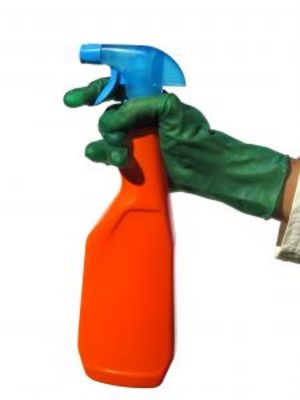When you speak to most young people grades K-12 today, very few of them are likely to tell you that math or science is her/his favorite subject in school. Interest in math and science is down. At the same school districts increasingly are cutting applied subjects – industrial arts, home economics, art, and music – as “non-essential” programs, hoping to save money.
Educated in the 1980s, I was lucky: my school district in Lincoln, Nebraska offered an extensive array of home economics, industrial arts, art, and music choices. Which of these classes any given student took was purely her or his decision but all of us had to take at least one. In retrospect, I think there had to have been two reasons for this:
1) These classes help students become more well rounded in outlook and expression, able to apply reading, math, and social studies coursework to more real world situations, and
2) These classes are hands-on, practical classes that force us to use spatial, mathematical, and other forms of intelligence as outlined by Howard Gardner.
Home Economics teaches more than simply how to prepare a meal from recipes or how to take pieces of fabric and make garments. Cooking, sewing, fiber arts, and especially the home finance part of Home Economics require us to use math and science in a very tangible, real world context. Through it we learn weights and measures as real objects. One cup of milk, one stick of butter, and one yard of fabric are tangible to us; we feel their weight and mass in a clear, intuitive way that is lacking on paper. Whether it’s measuring pattern lengths for fit, calculating yardage, or adjusting a recipe for greater or smaller serving totals, we discover practical geometry, practical physics, practical chemistry that is truly meaningful to us. We also discover through Home Economics the real meaning of money and how to budget for expenses. We learn how to take a finite amount of money and, through careful and calculated choices, discover how to optimize our purchases to get the best price and value for our money.
Through Home Economics, we learn life skills that transcend academia and become part of our everyday lives. While most of us will probably not solve algebra, calculus, or geometry problems on paper as adults, we will prepare food for ourselves, pay bills, and balance our checkbooks on a regular basis. Even if we do not sew regularly as adults, we will apply lessons learned in mastering basic clothing construction techniques whenever we shop for purchased clothing. These lessons make us better consumers-and give us the option of making our own instead of settling for something we don’t want or cannot afford.
Home Economics education matters. Home Economics is, ultimately, about how to live independent adult lives within our financial means. We all need to learn Home Economics.




